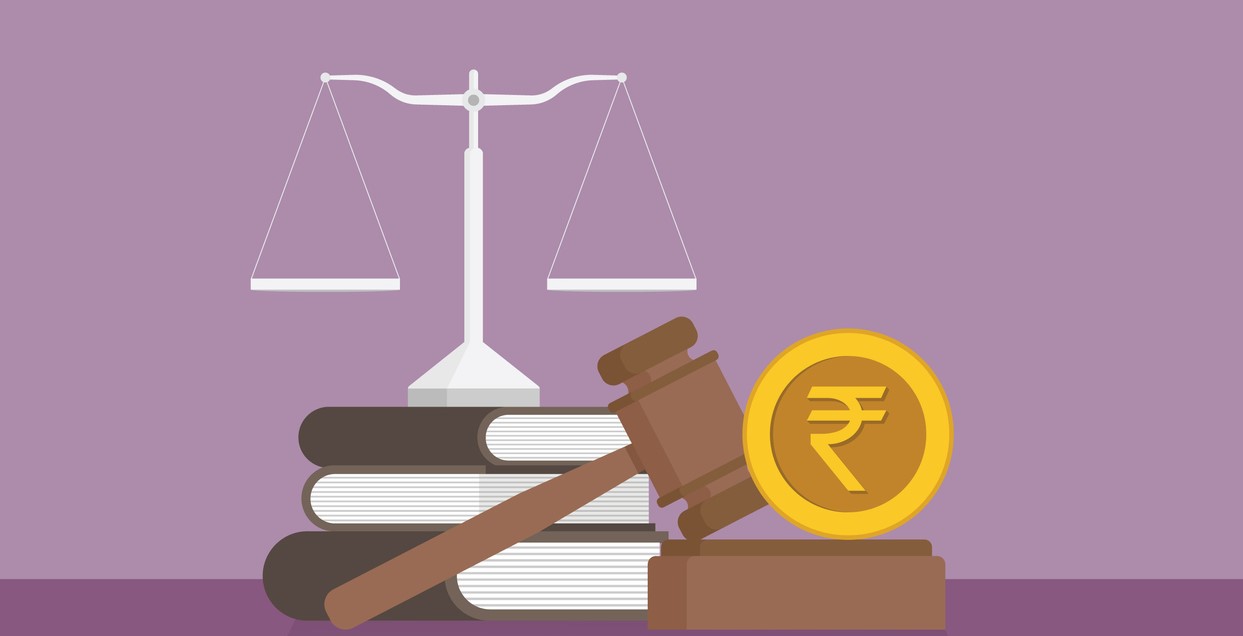The question that remains to be asked today is this — what operational value does the judgement of the top court really have?

Complete data on electoral bonds with details of donors, political parties and unique alphanumeric codes
A five-judge Constitution Bench of the Supreme Court struck down the Electoral Bonds Scheme on 15 February, which facilitated anonymous political contributions being “unconstitutional”.
In its 232-page judgement, the Supreme Court held that the scheme — by permitting anonymous political donations — violates the citizen’s fundamental right to information under Article 19(1)(a) of the Constitution.
The court reiterated the citizen’s right to information as an essential prerequisite for the free and informed exercise of their right to vote.
By holding the electoral bonds scheme unconstitutional, the Supreme Court reiterated the principles of informational and participatory democracy. It outlined the deep association between money, politics and elections in India and the role of corporates in funding elections.
The top court specifically held that there was no informational privacy of the donor, especially political contributions made by corporates for quid pro quo.
While striking down the various amendments made to the Income Tax Act, Representation of Peoples Act and Companies Act, which enabled anonymous political donations, the five-judge Constitution Bench further directed the State Bank of India (SBI) to stop issuing any fresh bonds and furnish details of all such bonds purchased since April 2019 till date.
However, the question that remains to be asked today is this: What operational value does the top court’s judgement really have? Has the court really turned the wheel back?
My respectful submission is that it has not. In fact, the judgement has only a salutary effect, has no operational value and does nothing more than reiterate the same principles it laid down year after year. Why do I say this?
Let’s first take a brief look at a few important dates.
The Electoral Bonds Scheme was introduced in The Finance Bill, 2017. The Association for Democratic Reforms filed the lead petition challenging the scheme in October 2017.
It was first heard, and notice was issued to the Union government on 3 October, 2017. However, it was referred to a five-judge Constitution Bench only on 16 October, 2023, i.e., after over five years of it being first heard.
Between these two dates, no effective hearing took place in the matter despite it being listed for over a dozen times before various benches of the top court.
While there were very strong legal grounds to stay the execution of the scheme, no interim relief was granted in the petitions despite it being specifically prayed for on several occasions.
During this time, 30 tranches of electoral bonds worth over ₹16,000 crore were issued. They were then encashed by various political parties from time to time.
The first tranche of bonds was issued in March 2018. In fact, despite the Constitution Bench having heard the petitions and reserving its judgment on 2 November, 2023, fresh bonds worth over ₹570 crore were yet again issued and sold in January 2024 alone.
It needs to be said in no uncertain terms that it took close to six years for the Supreme Court to reiterate the basic and foundational principles of Democracy, Fundamental Rights and Free and Fair Elections and hold the electoral bonds scheme as unconstitutional.
Furthermore, while the scheme has been held unconstitutional, political parties who have garnered over ₹16,000 crore through these bonds have been left scot-free.
Despite specifically concluding that financial contributions by large corporates to political parties by way of electoral bonds are for quid pro quo, the judgement does not go to the extent of holding that the amount received by these parties was in the form of alleged “kickbacks” and should either be submitted to the Election Commission of India or a national fund.
This should have been a necessary and obvious conclusion based on a clear finding arrived at by the court. However, the alleged “kickbacks”, though acknowledged, have been allowed to be circulated as white money to be spent by political parties across the spectrum. This is an irony and a serious anomaly in the judgement.
The fact that the top court chose not to do this will have a serious consequence once the donors’ information is revealed in the public domain in the future.
Political parties in power would then be aware of these kickbacks received by their opponents and might, therefore, take vindictive action against these parties and businesses. A fresh cause of action will ensue, and the nation might see more investigations against political opponents and businesses in the coming years.
In conclusion, the top court’s judgement does nothing more than make the information about donors and recipients public.
Firstly, it allowed the sale of these bonds to continue the dispute, there being justifiable reasons to stay the execution of the scheme.
Secondly, it has legitimised the kickbacks received by parties across the spectrum through electoral bonds by not acting against them despite recognising that these huge sums of money have a quid pro quo element.
And finally, it has left considerable room for political vendetta and targeting of political opponents by misuse of investigating agencies in the near future. One will have to wait and see how all this pans out.
(The author is a Delhi-based lawyer practising before the Supreme Court of India and the Delhi High Court. Views are personal.)

Apr 24, 2024

Apr 13, 2024

Apr 05, 2024

Apr 04, 2024

Apr 04, 2024

Apr 02, 2024